I have this pastel. It was painted on location and then worked on in the studio. I wrote a blog about it (click here to read it). It received some wonderful comments. But I’ve never been completely happy with the pastel. I feel it’s an overworked pastel and just not the way I want it to look.
Since it’s been worked on so much, I decided to rework it into something else and capture the process for this blog. Although doing this was a risk, especially knowing a few people really liked the piece, I was ready to plunge in. I figured no matter what happened, since I was unhappy with the pastel as it was, whatever happened next was just fine. I may end up with a wonderful new piece or I may end up with a mess. If a mess, I can always wash the whole thing clean! And if a new piece, then yay!
Here’s the original overworked pastel:

First off, I gently wipe the pastel with a paper towel to soften all the edges and blur the image.
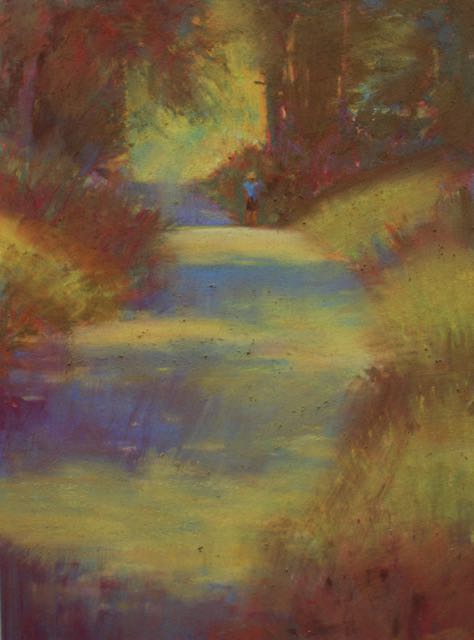
Now where do I take it? Do I make it abstract? One thing’s for sure, I’m done working on the landscape that’s there. I’ve reworked it so much that I feel like it’s dead. But there’s still an interesting pattern of light and dark that I can work with. I’ll also look to see if there’s any other visible form, for example, figurative, or I’ll turn it on its side and see if there’s another landscape possibility.

Now what? I decide to choose a limited palette from the colours used in the original. I pick the yellow and a blue as the primary colours. I add magenta and a cool red. Then I began to add the chosen colours to the outlined shapes.

Hmmm, interesting I think. I continue.

I wonder about drips and add water along one edge. But I discover that drips don’t happen that easily in pastels. (You can see there’s a bit of darkness along the right hand side. That’s wet pastels.) I feel that how I’ve been working, hatching the pastel, has begun to look too much the same. Pretty, I think, and I don’t want pretty. I also feel the big swooping shape takes you right out of the picture. So I decide to introduce long lines across the whole picture plane to stop that movement as well as to add some discomfort to the prettiness. Will it work?

Stepping back, I think I’ve added more interest to the piece. But there’s still work to be done.

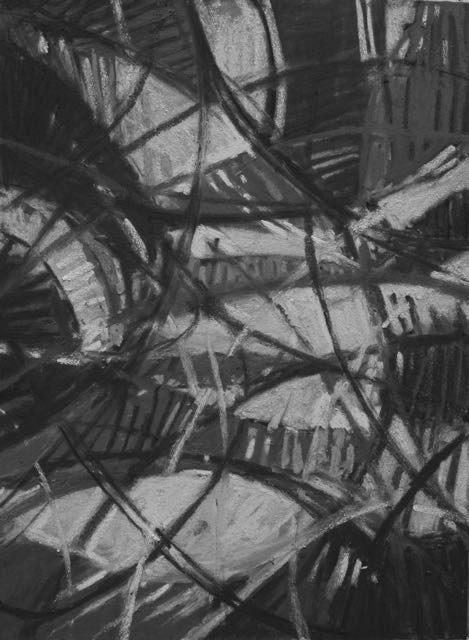
I begin to see light filtering through slats of wood or metal. Like the elevated train platform in Chicago or the Eiffel Tower. With this idea in mind, I continue on. I decide to break up some of the large dark shapes further.

And here it is in black and white:
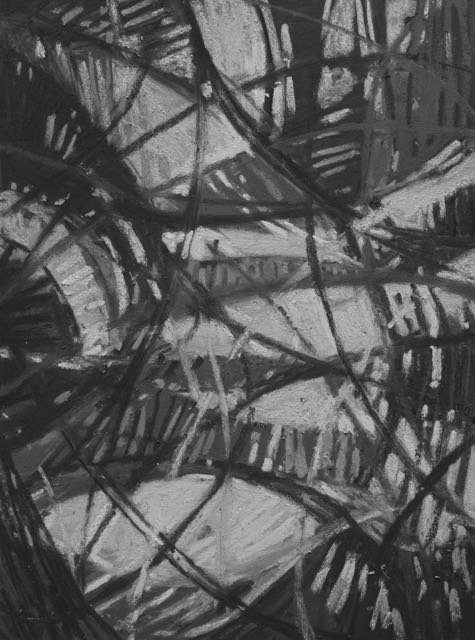
The images above follow the vertical format of the original piece. Let’s see what happens when we look at it horizontally:
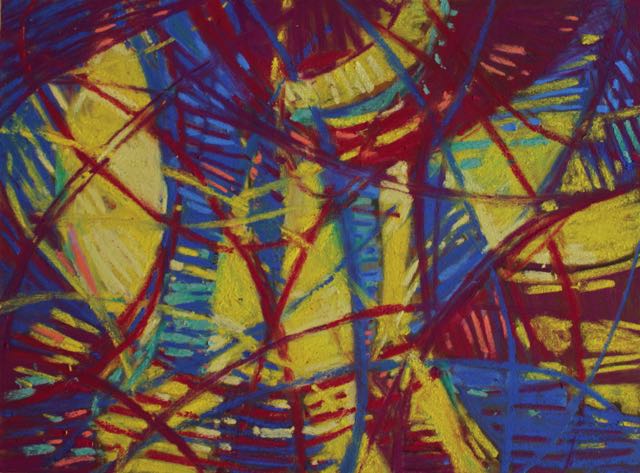

I don’t know if it was a good idea to follow the light pattern that was there originally but that’s what I did and this is what I ended up doing and how the piece progressed.
I’ll need to sit with the painting and see what happens, to decide whether I’ll need to go further, stop, or let go of the whole thing again. I’ll let you know. In the meantime, I’d love to know your thoughts about what I did!!
Wishing you a splendid 2015. Let’s see what wonderful things we can create and discover in pastel together!!
~ Gail
PS. On my mind while working on this pastel was the 7th January shooting of 12 people at the Paris offices of the satirical weekly paper Charlie Hebdo. Although this painting doesn’t reference it directly, the awful event was in my subconscious for sure.
To see an amazing outpouring in cartoons by cartoonists from around the world, click here.
[tweet “”Death shadows us. Live fully!!” ~ Gail Sibley”]
PPS. It feels good to be back in the studio. I’ve been working at completing the Pastel Painting En Plein Air online videos (done) and I’m now beginning to choose a place to store the videos online, decide on and set up a portal for access, and determine a method for purchasing. All computer stuff i.e. NOT in the studio!

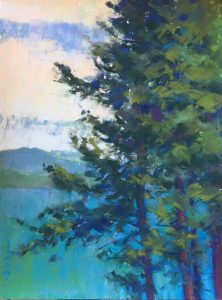








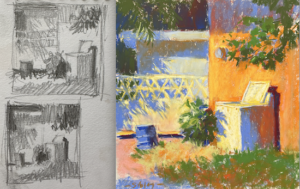

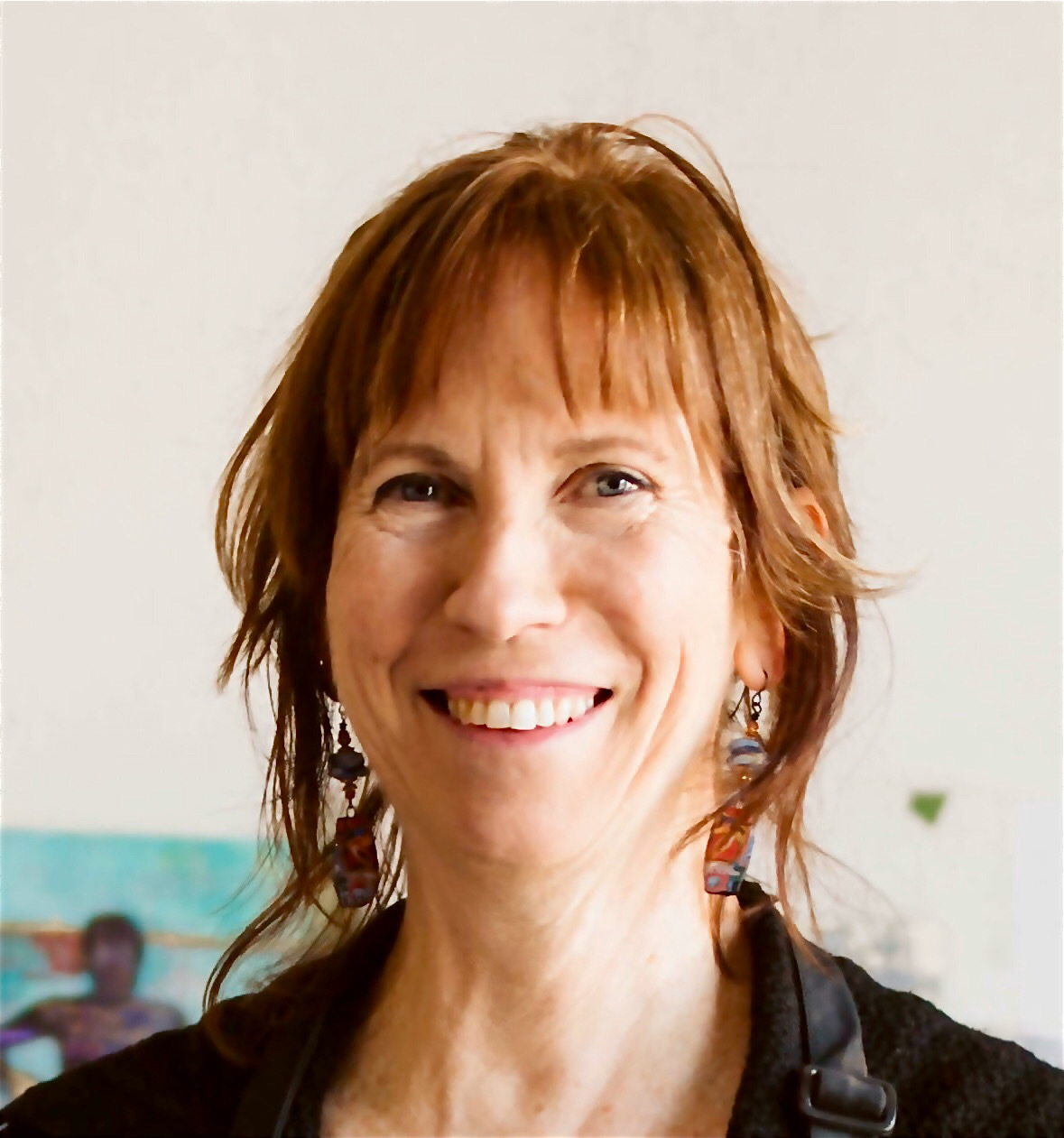


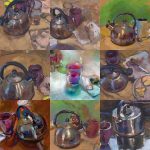
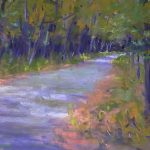


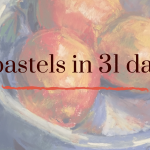

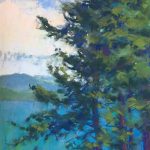
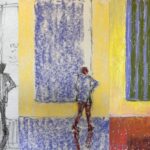

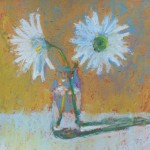

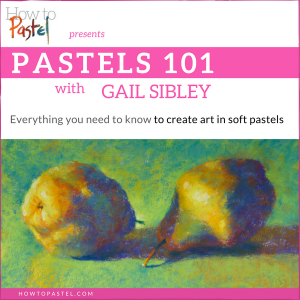

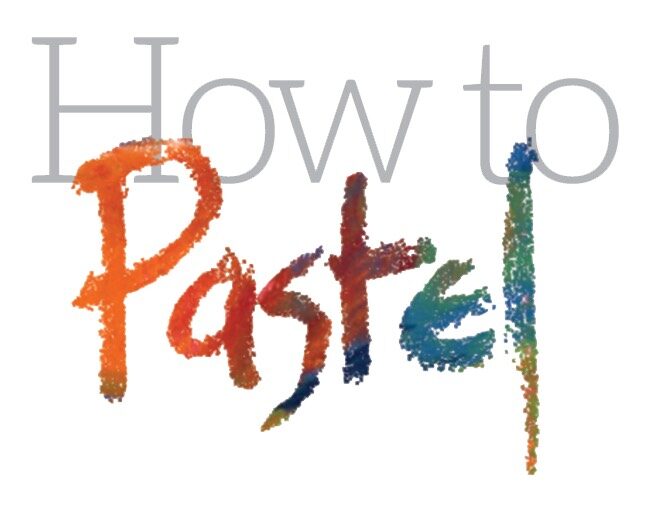

8 thoughts on “Overworked Pastel? No Problem! Just Rework It”
Unfortunately I am one of those who really liked the original work and felt sad to see it disappear. However the new work shows a lot of promise but needs more study on my part. Seems to grow with time. Keep up the good work. S.
Ahhhhh Sandy. What’s really difficult for me is hearing how many people liked the original! Oh well, the decision was made and there was no going back! And no was to go back! All in a day’s work 🙂
The horizontal version!! I like it!!! Sunlight streaming through a complex network of metal beams. Yes, could be Paris.
Very strong statement. Gutsy to destroy the traditional landscape…I too liked it. But this is very interesting.
Gwen
Thanks so much Gwen!! It’s scary to put my more experimental work out there so it’s good to get positive feedback. I think quite a few people did like the original but I just wasn’t happy enough with it. Now there’s no going back!
As a representational painter, I liked the painting best after you rubbed it with paper towels to blur the image and soften edges. In my opinion, from there it went down hill, fast.
Ouch! Karen, I too liked the painting after I rubbed it. It was good to be able to see it at that stage. But as I said, I was just so tired of working and reworking it that I was done with it. It gave me an opportunity to go crazy experimental. Some you win, some not so much 🙂
The next time you are tired of a pastel, why not send it to me and I will then send you a fresh piece of paper so you can start again.
I do agree that each piece of artwork can be considered a bud on it’s way to becoming a flower.
And, YOU are the creator.
🙂
Shirley, your comment made my grin!! Thanks 🙂